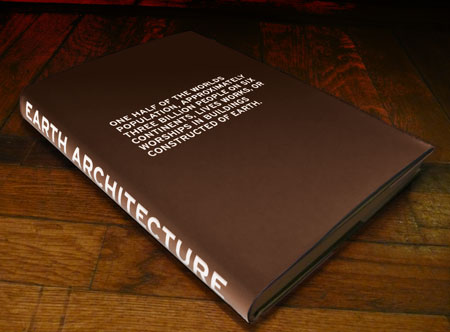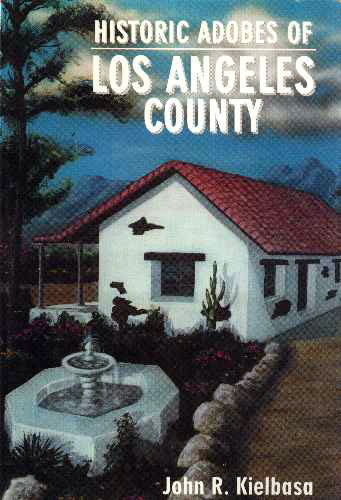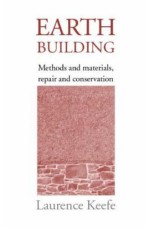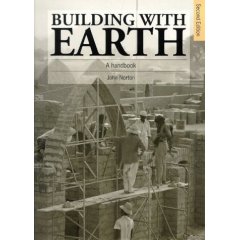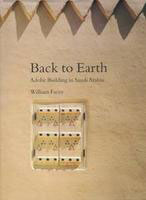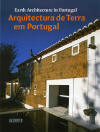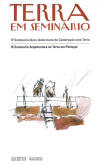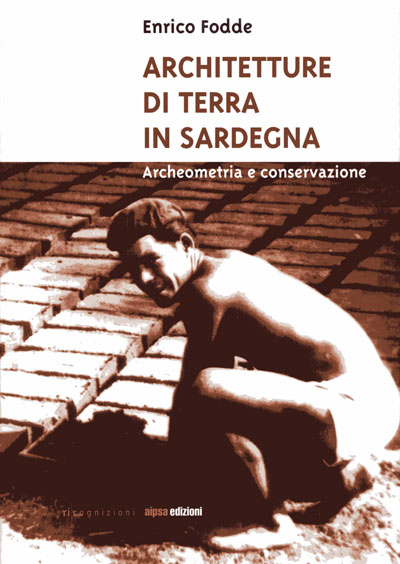
The book Arcitetture di Terra in Sardegna, the first of its kind on the subject, presents the results of new research into Sardinia’s indigenous tradition of earthen architecture. Author Enrico Fodde explores the cultural context of these buildings and describes practical techniques for the conservation of this unique and rapidly diminishing heritage. By interviewing craftsmen with first hand knowledge of working on these structures and by means of laboratory analysis of the materials involved — principally mud brick and lime — Dr Fodde explores the mechanisms of decay and proposes methods suitable for repairing buildings in need of restoration. Case studies are presented to show how different methods of repair have worked out in practice. Finally, consideration is also given to ways in which the results of this work might form the basis of research into other building traditions in the Mediterranean basin and elsewhere.

